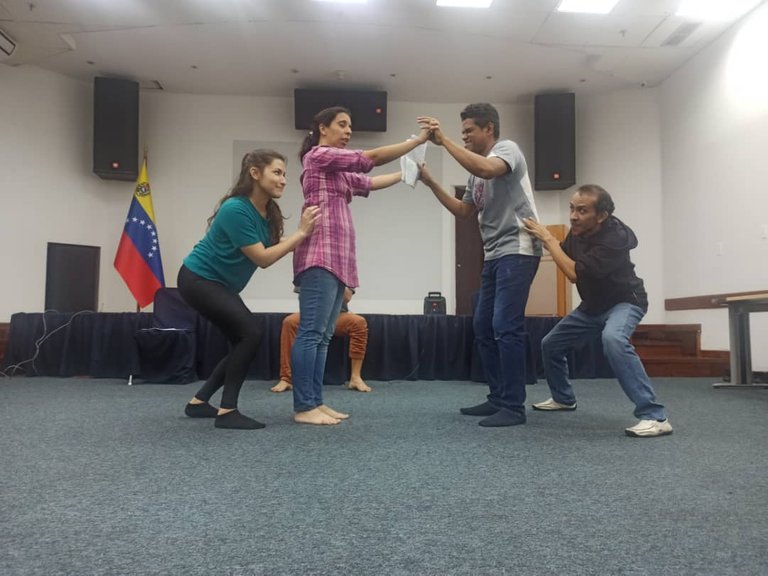
"El gesto y la palabra forman parte del que hacer cotidiano del ser humano. Es algo implícito en cada uno de nosotros: brota con mucha naturalidad y sin esfuerzo. Cuando una de estas acciones descansa, la otra suple, y si nuestro temperamento lo requiere, entonces ambas se fusionan. Convivimos con estas dos acciones y las dominamos a la perfección, pues podríamos señalar, sin temor a errar en nuestra apreciación, que la vida es un constante actuar siempre de acuerdo con las circunstancias. Cabe señalar que en algunas culturas los gestos se acentúan todavía más, por lo cual nos es más fácil adivinar la palabra por medio de ese gesticular, quizás exagerando para otros pueblos que son menos expresivos en su comportamiento colectivo y personal."
The gesture and the word are part of the daily life of the human being. It is something implicit in each one of us: it springs up very naturally and effortlessly. When one of these actions rests, the other supplies, and if our temperament requires it, then both merge. We live with these two actions and master them perfectly, because we could point out, without fear of making a mistake, that life is a constant act always in accordance with the circumstances. It should be noted that in some cultures the gestures are accentuated even more, for which it is easier for us to guess the word through that gesture, perhaps exaggerating for other peoples who are less expressive in their collective and personal behavior.
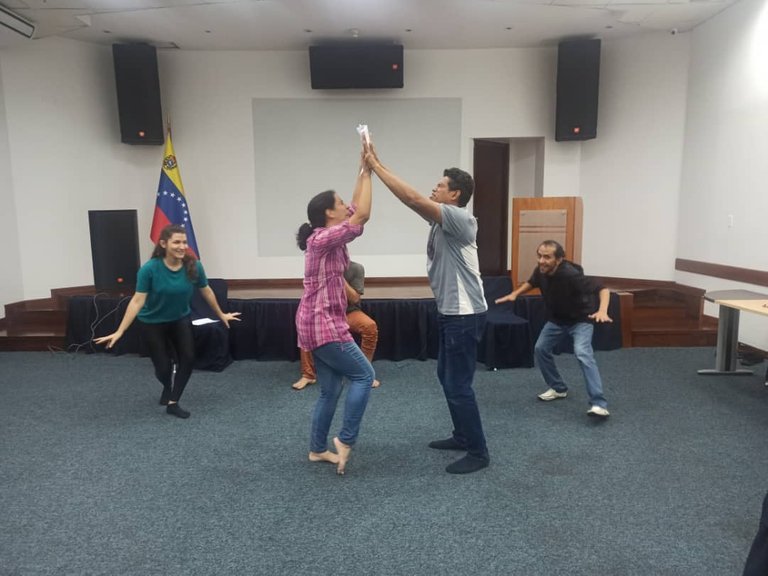
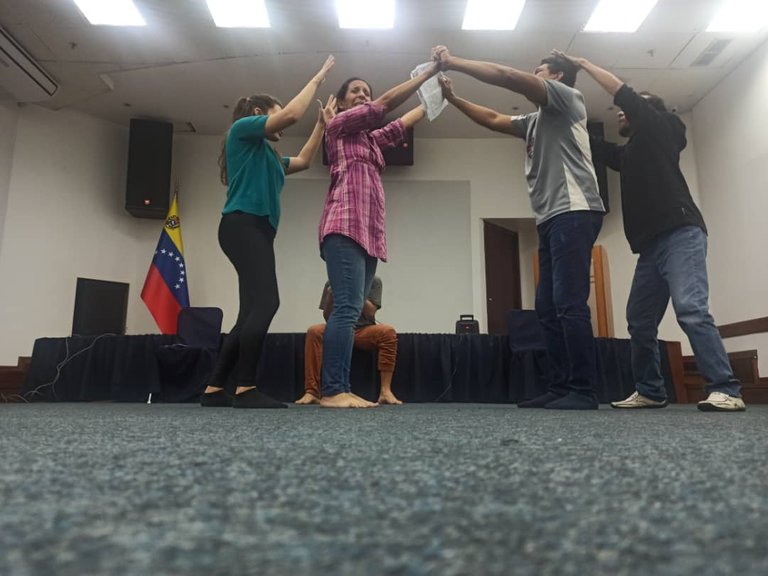
El lenguaje corporal es una moda siempre actual, lo único que varía es la época y sus personajes, pero su esencia permanece siempre inalterable. En la danza clásica, el gesto y la palabra son inseparables. Es impensable su distanciamiento aunque, lamentablemente, este se produce frecuentemente, emergiendo entonces lo que llamamos el virtuosismo técnico, cuyo equivalente del teatro sería el llamado "teatro de texto". La interpretación en la danza es el vehículo emocional que conecta el bailarín con el espectador para propiciar la atmósfera ideal y de esta manera permitir que la obra trascienda la barrera pasiva que suele existir entre público y artista, logrando así la comunicación entre ambos. Si el dramaturgo escribe teatro con o sin palabras y la dramaturgia se encarga de crear la visión y seleccionar el material a exponer, así lo entendemos, en la danza el dramaturgista vendría siendo el coaching, lo cual se entiende por la acción de asesorar al bailarín en el papel que va a interpretar, ubicando su estilo, vestuario y época de la danza a escenificarse.
Body language is a trend that is always current, the only thing that varies is the time and its characters, but its essence always remains unchanged. In classical dance, the gesture and the word are inseparable. Their distancing is unthinkable although, unfortunately, this occurs frequently, thus emerging what we call technical virtuosity, whose equivalent of the theater would be the so-called "text theater". The interpretation in dance is the emotional vehicle that connects the dancer with the spectator to promote the ideal atmosphere and thus allow the work to transcend the passive barrier that usually exists between the public and the artist, thus achieving communication between both. If the playwright writes theater with or without words and the playwright is in charge of creating the vision and selecting the material to be exhibited, that is how we understand it, in dance the playwright would be the coaching, which is understood by the action of advising the dancer in the role that he is going to interpret, locating his style, costumes and time of the dance to be staged.
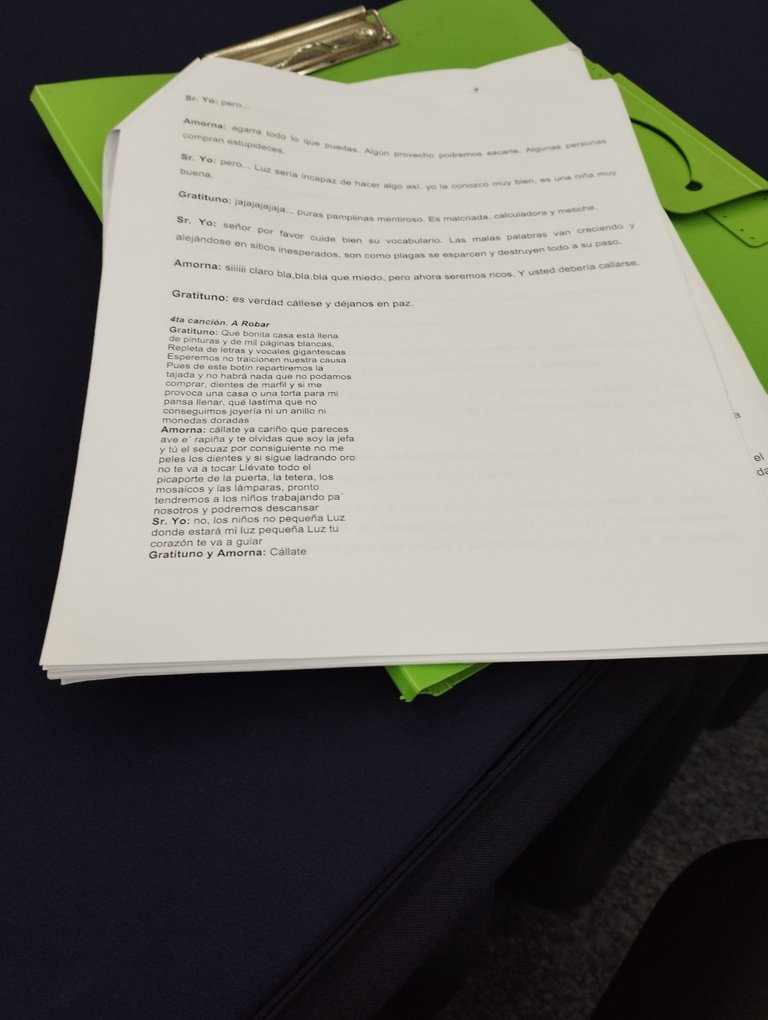
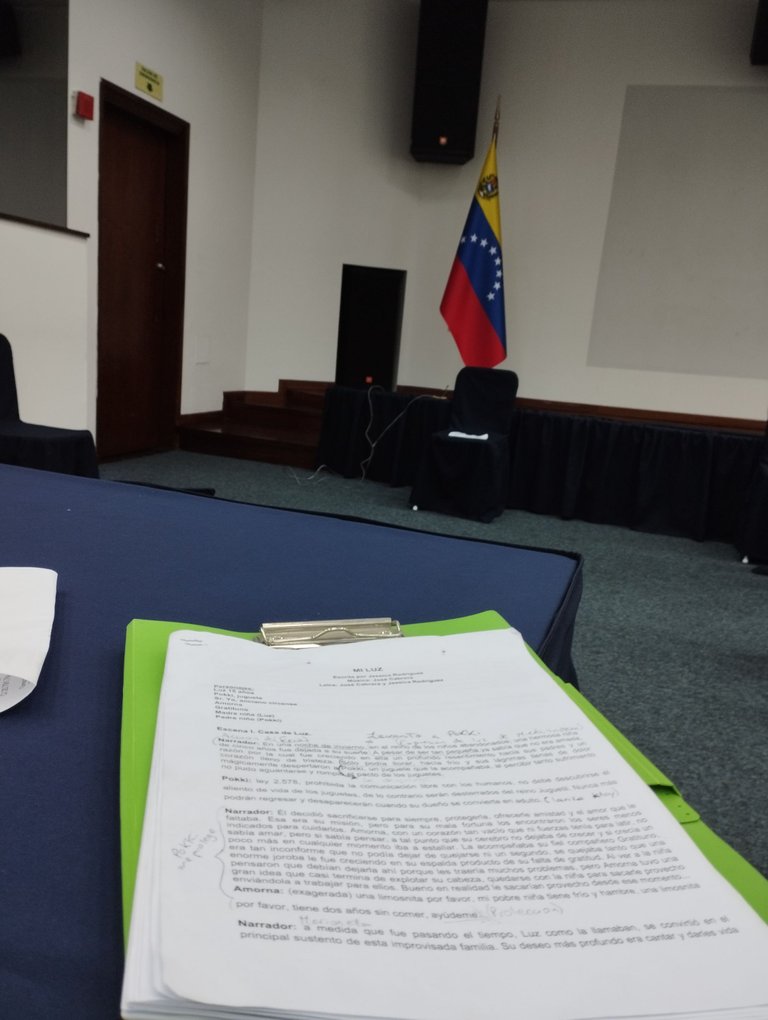
"El mundo del teatro ha ido evolucionando desde sus inicios en Grecia ,dónde surge como una depuración de los ritos y ceremoniales llevados a cabo en honor de Dionisos. La destrezas retórica era fundamental en aquel tiempo pero a partir del siglo XIX el drama naturalista prescindió de la técnica de la retórica dando mayor importancia las cualidades personales del actor, entre ellas la recreación de los sentimientos del personaje mediante el recurso de la memoria afectiva del intérprete. A través del tiempo fueron emergiendo diferentes diversas corrientes teatrales acordes con la época correspondiente. Similarmente, la danza clásica evolucionado también y se han desarrollado algunos estilos, aunque a nuestro juicio, la danza contemporánea es la que realmente posee la libertad total de expresión psicofísica; maneja la música, el silencio y el absoluto dominio del espacio. Como espectadores que somos del arte teatral, hemos podido sentir algunas veces durante la representación de alguna obra, esa magia que envuelve y hace que al final salgamos flotando en una especie de nube, permaneciendo con esa sensación por largo tiempo, con nostalgia. En el teatro, al igual que la danza, esa sensación perenne de plenitud y comunicación con ese arte proviene de esos personajes que, con o sin sombra, han sabido llevar a la luz a nuestra mente a salir a llevar la luz a nuestras mentes y corazones."
"The world of theater has been evolving since its beginnings in Greece, where it emerged as a purification of the rites and ceremonies carried out in honor of Dionysus. Rhetorical skills were fundamental at that time, but from the 19th century dispensed with the technique of rhetoric, giving greater importance to the personal qualities of the actor, including the recreation of the character's feelings through the use of the performer's affective memory Over time, different theatrical trends emerged in accordance with the corresponding time Similarly, classical dance has also evolved and some styles have been developed, although in our opinion, contemporary dance is the one that really has total freedom of psychophysical expression, managing music, silence and absolute domination of space. that we are of the theatrical art, we have been able to feel sometimes during the representation of some work, that magic that envelops and makes us float in the end on a kind of cloud, remaining with that feeling for a long time, with nostalgia. In the theatre, like dance, that perennial sensation of fullness and communication with this art comes from those characters who, with or without a shadow, have known how to bring light to our minds to go out to bring light to our minds and hearts."
Las fotos son de mi propiedad y la información citada es de un libro llamado , "Cuerpo y código teatral".
The photos are my property and the information cited is from a book called, "Body and theatrical code."
Qué bonito encontrar personas conocidas por aquí. Me llamo Nelson. Mándale saludos a Olmar y a Gregorio.
Oye que genial que los conoces, ellos son un amor de personas. Y súper talentosos. Un gusto Nelson 💫